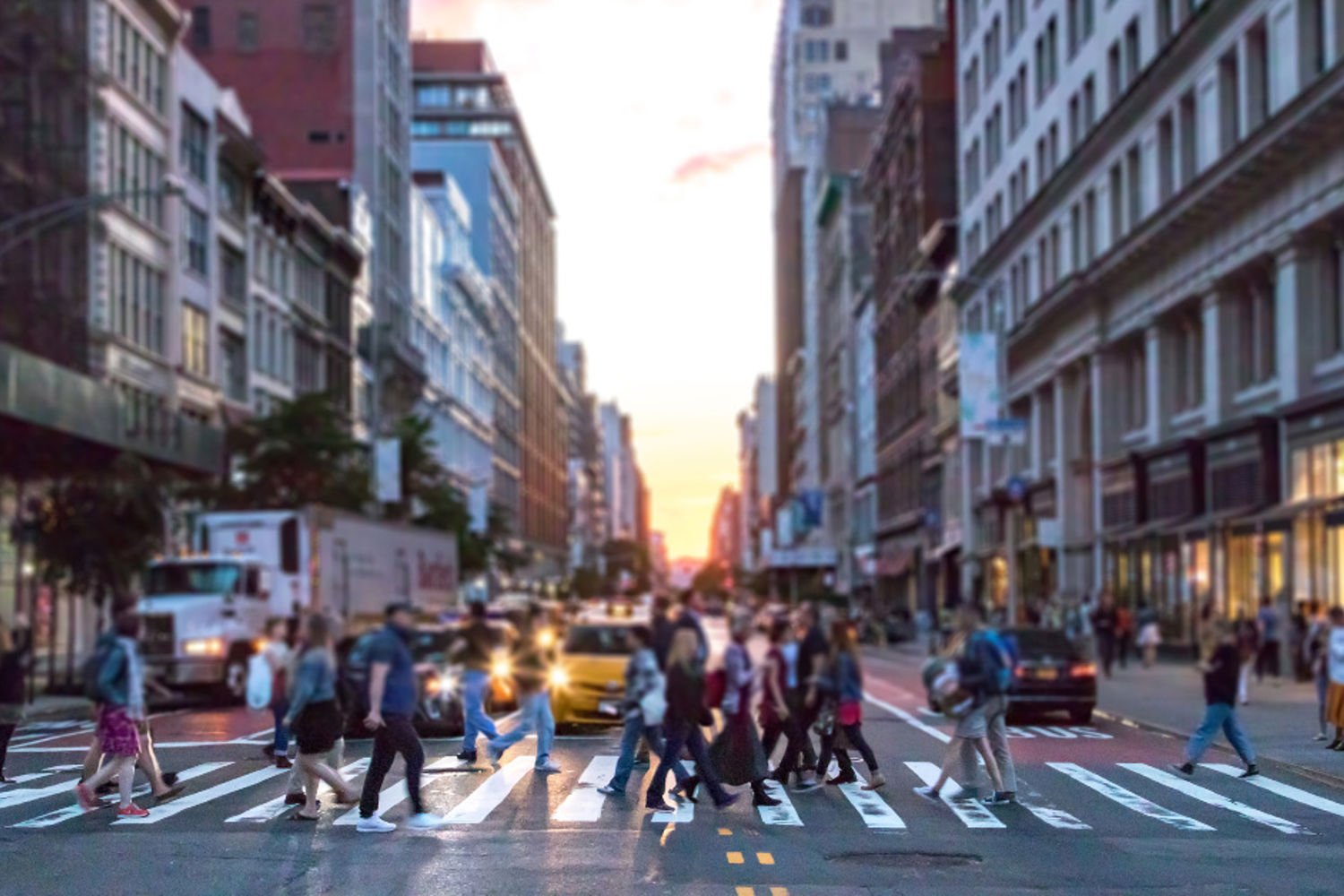
Advanced Signal Control
Intelligent Transportation Systems
Safer, More Efficient Traffic Flow
FLIR traffic sensors help you control intersections and optimize traffic flow for pedestrians, bicyclists, and public transportation. Automating intersections and crosswalks can improve overall safety and reduce bottlenecks in dynamic urban environments.
AI-Powered Intersections
Thermal and visible sensors equipped with AI detect approaching vehicles, cyclists, and pedestrians without the need for pre-configured zones. Reliably control intersections and gather valuable positioning, speed, and heading data for a comprehensive, continuous view of your roadways.
Read the story


V2X and the Future of Autonomous Vehicles
V2X capabilities communicate with nearby vehicles and infrastructure to warn drivers about potentially dangerous situations, such as hard-breaking vehicles and wrong-way drivers. Onboard units and roadside units (vehicle and infrastructure) constantly send and receive messages. V2X also plays an important part in paving the way to connected and automated driving.
See the Infographic

Above-Ground Sensors for Traffic Signal Control
Visible light cameras, thermal imaging, and radar effectively detect approaching vehicles, bicycles, and pedestrians. Programable detection zones allow traffic operators to monitor road users across multiple lanes with a single sensor. Above-ground detection technology is easy to maintain and offers a more dynamic approach to signal control than traditional inductive loops.
Read the Story


Protecting Vulnerable Road Users
FLIR thermal sensors allow traffic operators to factor pedestrian and bicycle movement into traffic control strategies. Thermal cameras equipped with video analytics detect and classify bicyclists, pedestrians, and vehicles. Traffic signals then prioritize bicyclists and pedestrians ahead of vehicle traffic as needed, leading to safer, more efficient pedestrian crossings.

Optimize Traffic Flow with Data Analysis
FLIR analytics generate valuable traffic counts, occupancy, and classification data at the stopbar or between intersections. FLIR integrates both presence data and traffic flow data into a single source in the cloud. The result is high-quality intersection data, including travel times, delays, points of origin, and analysis between points.
Learn More












